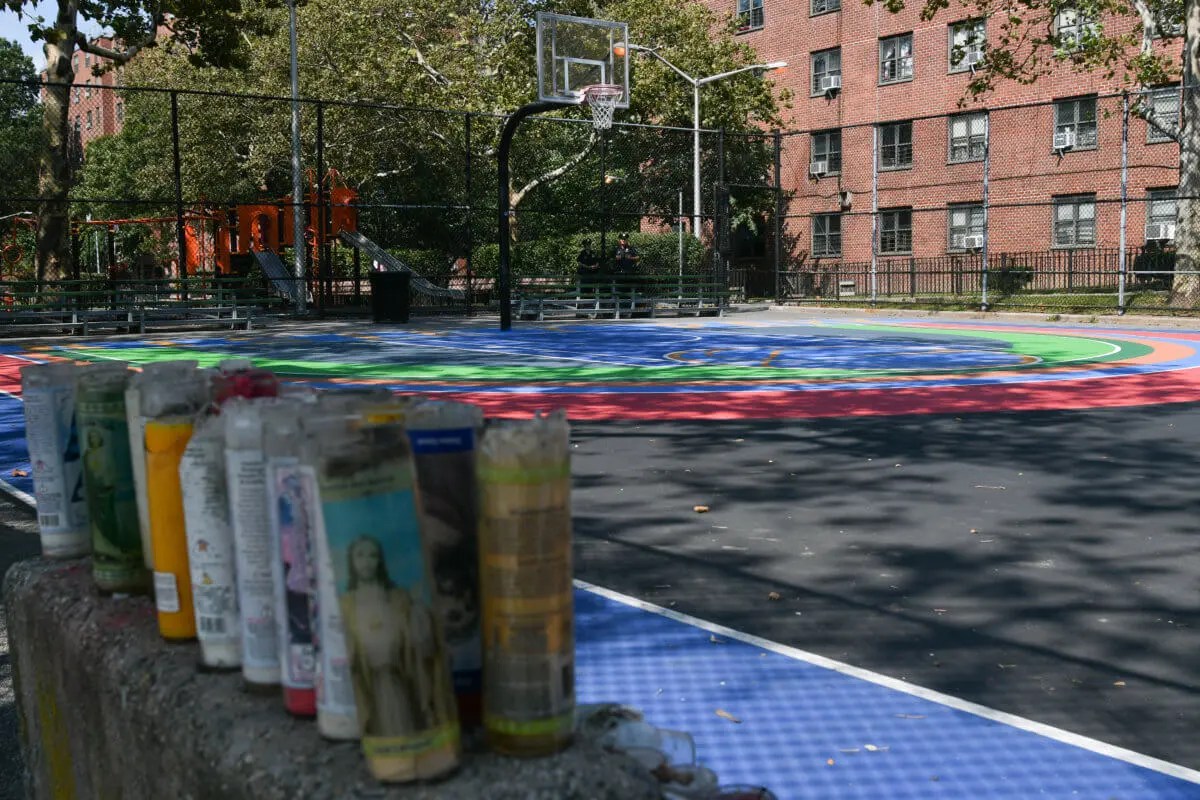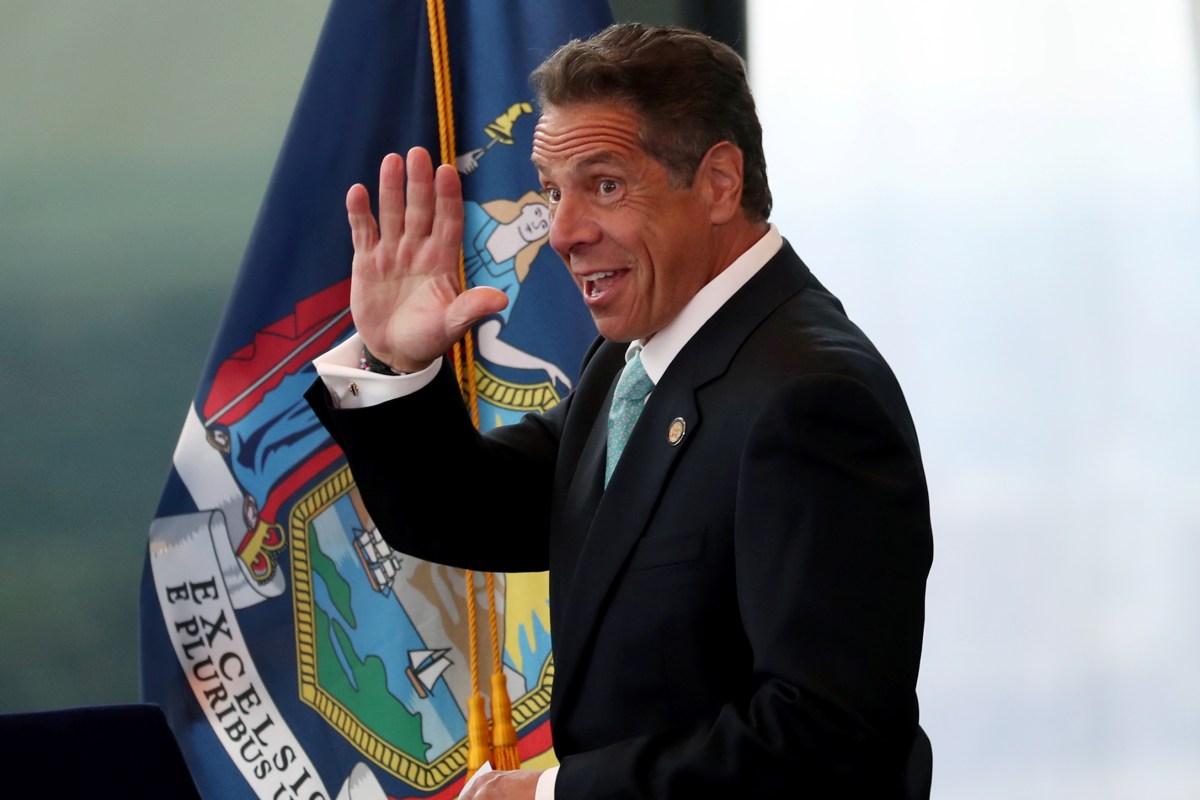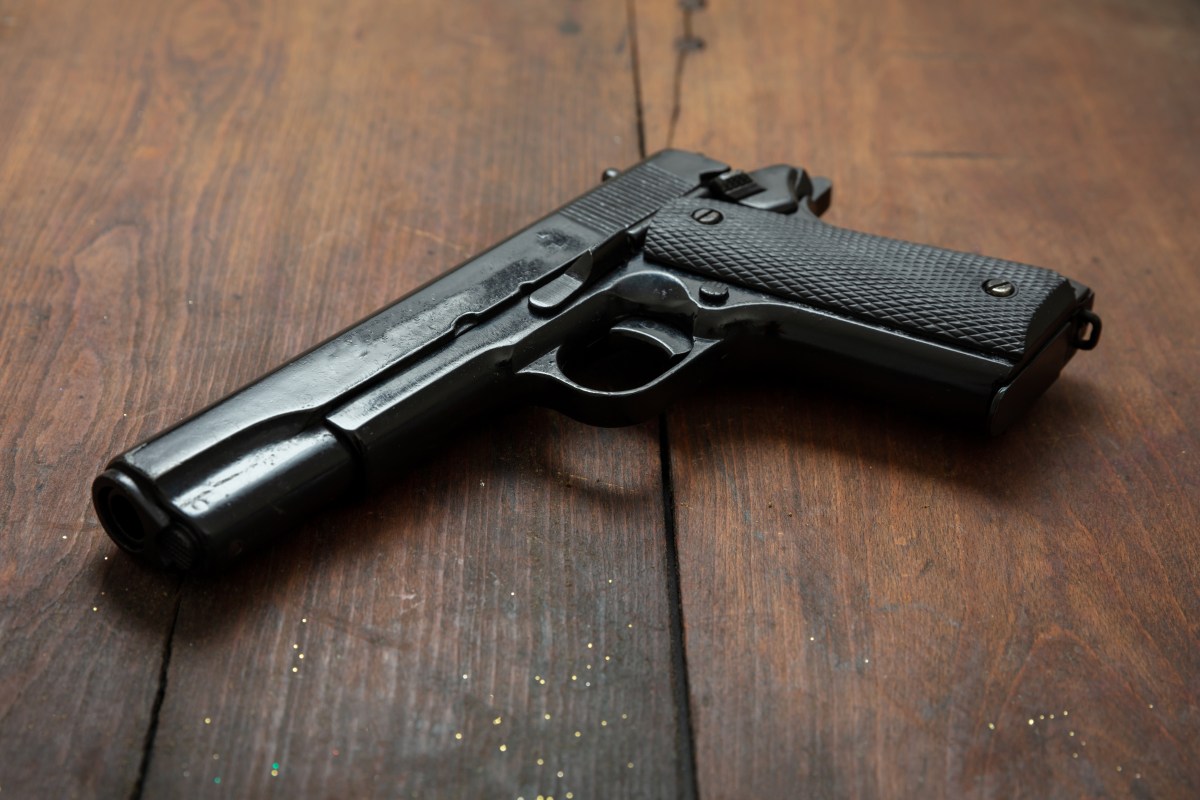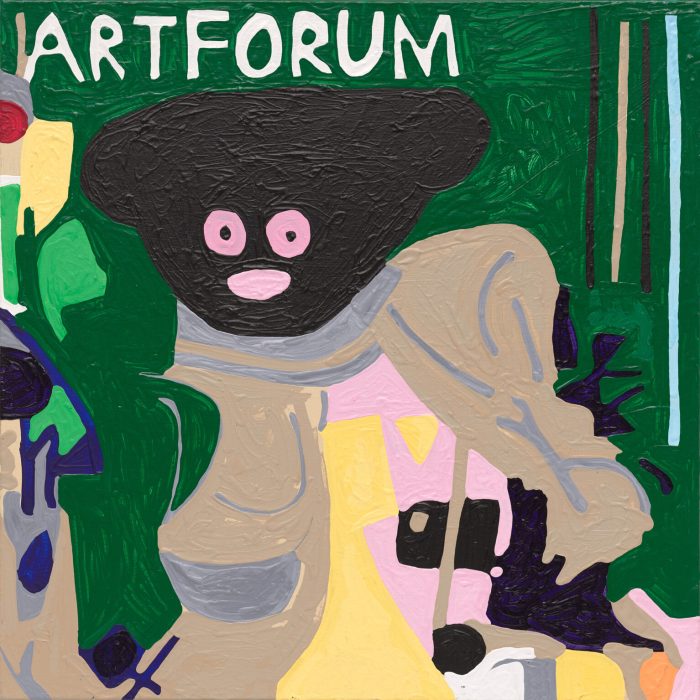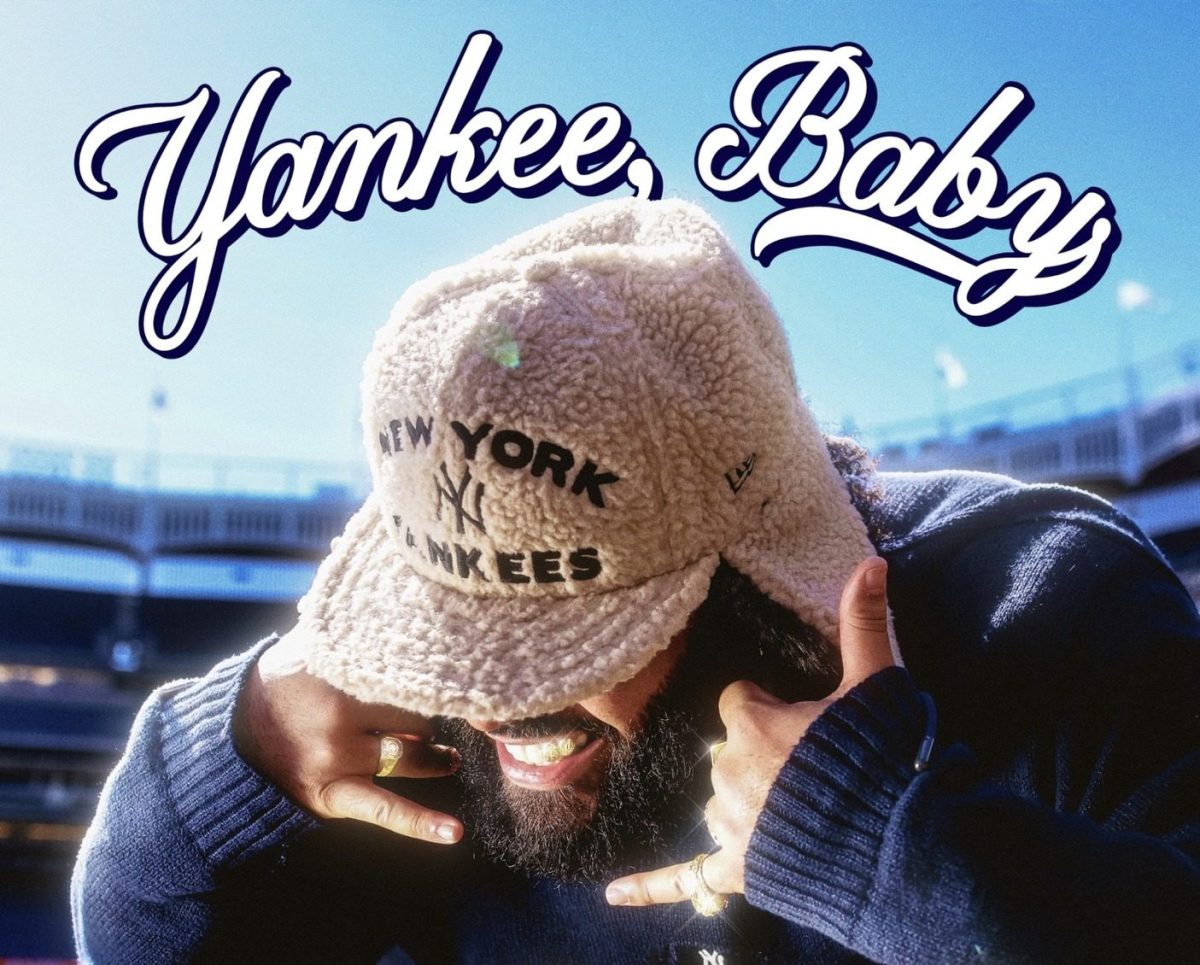Monday’s eclipse sent New Yorkers on eleventh hour dashes to stores across the city hunting for those elusive solar shades.
Even though the city is nowhere near the “path of totality,” the moon will still cover 70 percent of the sun at its peak time of around 2:44 p.m. and it will be unsafe to look at the sun directly, according to experts.
For the thousands who wanted to get a glimpse of the rare event, that posed a problem as stores were running low on the special solar spectacles. Before B & H Photo opened Sunday, more than 100 people had lined up outside in a last-ditch effort to the buy the special specs.
Melvin Thomas, 64, of Flatbush, tried to score some of the special shades for the children who live at the homeless shelter where he works, but was out of luck as both the American Museum of Natural History and B & H were sold out.
“Last minute, I’m not really surprised,” he said. “I should have gotten them last week.”
B & H officials said they opened 30 minutes early to accommodate the crowds and all their inventory was gone by 1 p.m.
“This is unprecedented,” said Jeff Gerstel, the store’s chief marketing officer, who estimated the store sold hundreds of thousands of glasses in the store and online over the last six months.
While B & H sold a pack of five solar eclipse glasses for $14.95, steps outside their doors people were hawking similar glasses for $10 each. A line also stretched down 18th Street outside Adorama camera shop with other last day buyers.
Javan Hansen, 28, of Pelham Parkway, waited in line for 40 minutes and said he had no choice.
“This was the only place that I was sure I was going to find it. I didn’t want to take the chance of going to other places,” he said.
Still there were some lucky breaks. Chiquita gave away 8,500 solar glasses near Madison Square Park, and will give away another 500 Monday morning.
For New Yorkers who feel a little more artistic, there are several DIY solutions to creating viewing devices, including a method of placing aluminum foil with a small pinhole on a cardboard box.
Mayor Bill de Blasio, scientists and other experts warned against looking directly at the sun during the event, which begins at 1:23 p.m. and will conclude around 4 p.m. The mayor also encouraged drivers to take extra precaution, and to turn their lights on around 2 p.m.
There are several locations throughout the city that would be perfect to catch the event. The city’s Parks Department said Van Cortlandt Park, Central Park’s Sheep Meadow, Sunset Park, Flushing Meadows-Corona Park and Conference House Park, are great greenspaces to catch the eclipse.
Most public libraries throughout the city are hosting viewing parties. Hayden Planetarium will hold a viewing party of the NASA livestream and outside viewing.
The next time a solar eclipse will be visible in the city is April 8, 2024, with 90 percent obscuration, according to the Mayor’s office. The next full solar eclipse in New York is set for May 1, 2079.



